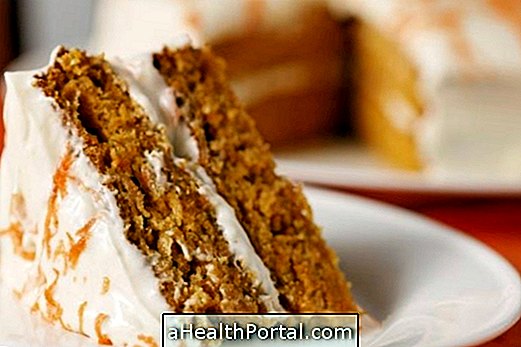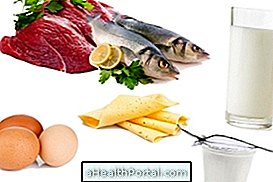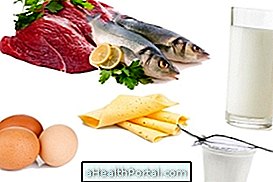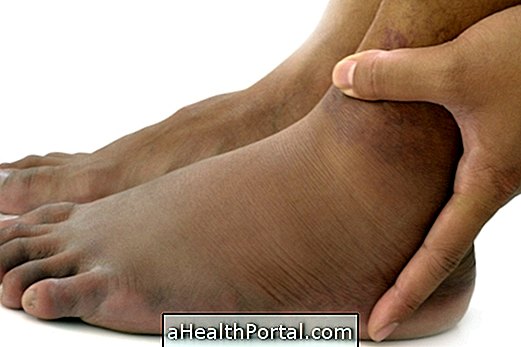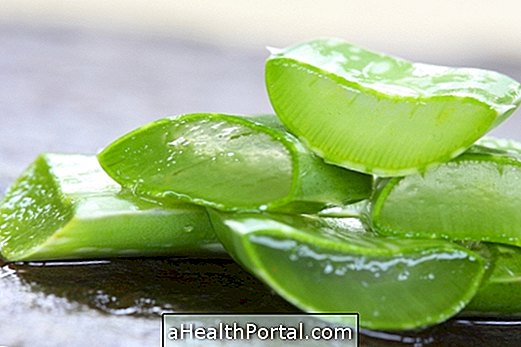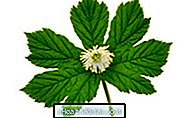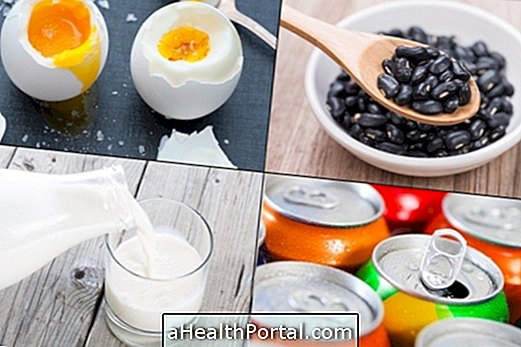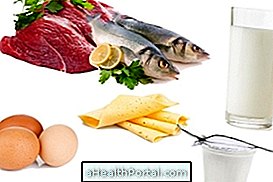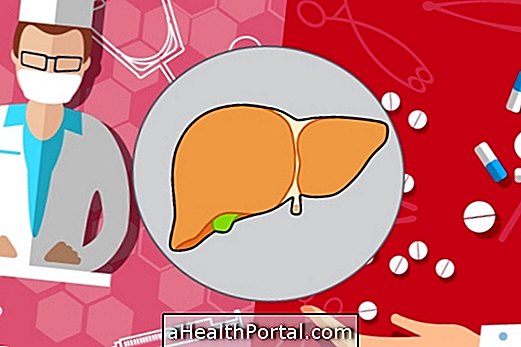Ghee butter, also known as clarified butter, widely used by Indians, does not contain salt or lactose, does not spoil at high temperatures, so it is a good fat for cooking and also does not need to be stored in the refrigerator.
This type of butter is different because it is obtained from cow's milk or buffalo milk, after it passes through a process of withdrawing water and solid milk elements, such as proteins and lactose, leaving only a purified oil of golden color and slightly transparent.

Ghee butter can be considered better than regular butter and margarine because:
- It does not contain lactose, it is easier to digest and can be consumed by lactose intolerant;
- It does not need to be stored in the refrigerator, because it has a great durability, although it is liquid as oil;
- It is rich in fat soluble vitamins: A, E, K and D;
- It is a purer fat and helps to lower cholesterol and triglycerides; learn how to diet to lower cholesterol.
- It can be used in meal preparation because it is stable at elevated temperatures,
It is important to remember that these benefits are obtained from the consumption of small amounts of ghee butter in the diet, which should be included in a balanced diet.
Nutritional information
The following table gives the nutritional information for 5 g ghee butter, which is equivalent to 1 tsp.
| Quantity: 5 g (1 tsp) | |||
| Energy: | 45 kcal | Saturated fat: | 3.4 g |
| Carbohydrate: | 0 g | Cholesterol: | 8.25 mg |
| Protein: | 0.02 g | Sodium: | 0.7 mg |
| Fat: | 5 g | Calcium: | 0.21 mg |
| Fibers: | 0 g | Vitamin A: | 45 mg |
In addition to can be found in supermarkets and nutrition product stores, this butter can also be manufactured at home, as shown below.
How to Make Ghee Butter at Home
To make the ghee in an artisan way, you should use 250 g of unsalted butter, or the amount you want, and follow the steps below:

- Put the butter in a pan, preferably glass or stainless, and bring to the medium heat until it melts and begins to boil. You can also use the water bath;
- With the aid of a skimmer or spoon, remove the foam that will form on the surface of the butter, trying not to touch the liquid part. The whole process takes about 30 to 40 minutes;
- Wait for the butter to cool a bit and strain the liquid with a sieve to remove the solids that form at the bottom of the pan as they are formed by lactose;
- Put the butter in a sterilized glass jar and store it in the refrigerator on the first day, so that it gets hard consistency. The butter can then be stored at room temperature.
For butter to last longer, it is important to store it in a sterile glass vial by placing it in boiling water for about 10 minutes. Then the bottle should be left to dry naturally on a clean cloth, with the mouth facing downwards so that no impurities from the air in the bottle. After drying, you should cover the bottle well and use it when you need it.


